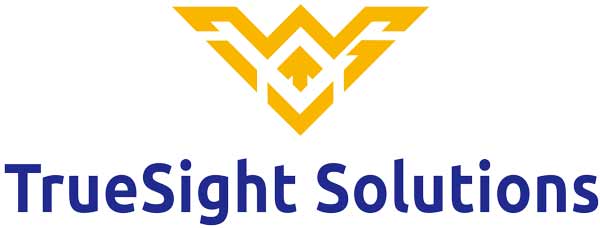By providing a clear direction, this visionary process charts the course for the organization and paints a vivid picture of its future achievements. With a firm grasp of the intricacies of strategic planning, I remain committed to driving organizations toward success and realizing their full potential. Here are the steps that I have used to facilitate the creation and shape the vision of an organization through a strategic planning process:
Understand the Current State: Begin by thoroughly understanding the organization’s current state, strengths, weaknesses, opportunities, and threats. Conduct a comprehensive assessment of its internal and external environment, market trends, and stakeholder expectations.
Engage Stakeholders: Involve key stakeholders, including employees, customers, partners, and board members, in the visioning process. Gather their perspectives, insights, and aspirations for the organization’s future. This inclusivity fosters ownership and alignment.
Define Core Values and Purpose: Clarify the organization’s core values – the fundamental beliefs that guide its actions and decisions. Establish a clear and compelling purpose that reflects the organization’s reason for existence beyond profit-making.
Set Long-Term Goals and Objectives: Identify specific, measurable, achievable, relevant, and time-bound (SMART) long-term goals that align with the organization’s purpose and values. These goals should be ambitious and inspiring, challenging the organization to strive for excellence.
Craft the Vision Statement: Craft a succinct and inspiring vision statement based on the previous steps’ insights. The vision statement should be future-oriented and vividly depict the organization’s aspirations.
Communicate the Vision: Clearly articulate and communicate the vision to all stakeholders. Through town hall meetings, internal communications, and external messaging, leaders must consistently reinforce the idea.
Develop Strategies and Action Plans: Determine the strategies and action plans necessary to achieve the vision. Break the long-term goals into smaller, manageable milestones with specific timelines and responsibilities.
Align Organizational Culture: Ensure that the organization’s culture supports and aligns with the vision. Leaders should demonstrate the values and behaviors expected from the workforce to create a coherent and unified culture.
Empower and Inspire: Empower employees to contribute to the vision by fostering a culture of innovation, creativity, and collaboration. Recognize and celebrate successes along the way to keep motivation high.
Monitor Progress and Adapt: Regularly assess progress toward achieving the vision and adjust strategies and action plans as needed. Stay adaptable and agile in response to internal or external environment changes.
Measure Impact: Develop key performance indicators (KPIs) to track the impact of the organization’s efforts per the vision. Regularly assess and report on these indicators to gauge progress.
Continuous Improvement: Review and refine the vision as the organization evolves and new opportunities or challenges arise. Embrace a culture of continuous improvement to keep the idea relevant and meaningful.



